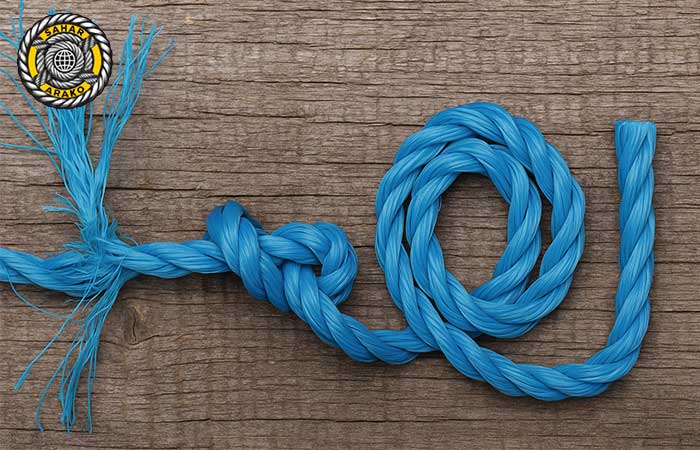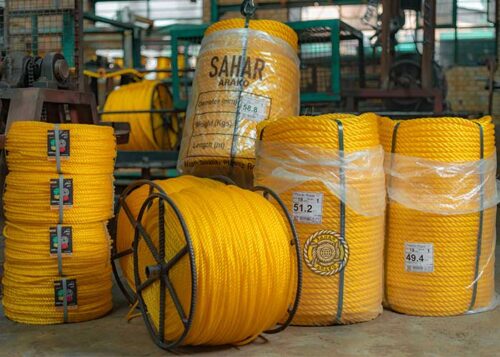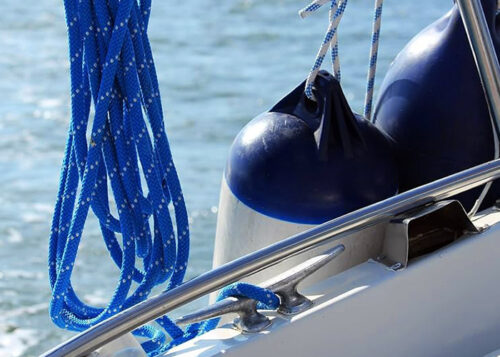Polyethylene (Plastic) Ropes: Common Mistakes That Reduce Their Lifespan and How to Avoid Them
Plastic or polyethylene ropes—also known as polymer ropes or synthetic ropes—are among the most common rope types on the market due to their lightweight nature, high resistance to moisture and chemicals, and versatile applications across various industries. However, like any other tool or product, these ropes require proper care to maintain their durability and performance. In this article, we’ll review key maintenance tips, highlight common mistakes that shorten the lifespan of polyethylene ropes, and provide practical solutions for extending their use.
Leaving the Rope in Direct Sunlight for Extended Periods
Common mistake: Many users leave ropes outdoors after use, exposing them to sunlight. Ultraviolet (UV) rays gradually break down the polymers in the rope, reducing its elasticity and strength.
Solution: Store ropes in shaded areas or indoors. If outdoor storage is unavoidable, use a UV-protective cover.
Using Ropes in Contact with Chemicals or Oils Without Cleaning
Common mistake: In certain industries, ropes are exposed to oils, grease, or chemicals, and often left unwashed afterward. Over time, this weakens the rope’s structure.
Solution: Wash ropes thoroughly after chemical or oil exposure to maintain their integrity.
Incorrect Knotting or Repeated Knots in the Same Spot
Common mistake: Using hard knots or repeatedly tying in the same location creates localized wear and tear.
Solution: Use standard knots, change knotting points along the rope, and perform regular inspections to identify weak spots.
Dragging Ropes Across Rough or Sharp Surfaces
Common mistake: Pulling ropes across asphalt, rough metals, or sharp edges causes surface and internal abrasion.
Solution: Use pulleys or guides where ropes pass over rough surfaces, or protect them with a rope sleeve.
Storing Ropes in Poor Temperature or Humidity Conditions
Common mistake: Storing ropes in extremely hot, cold, or damp environments can lead to mold growth, structural changes, and reduced performance.
Solution: Keep ropes in a dry, cool, well-ventilated area. For best results, store them in rope bags or specialized storage containers.
Additional Tips to Prolong Rope Lifespan
- Regular inspections: At least once a month, check ropes for abrasion, discoloration, stiff knots, or loosened fibers.
- Rotate usage: For heavy applications, avoid overusing a single rope—rotate between several ropes to distribute wear.
- Keep away from heat sources: Contact with boiling water, flames, or hot surfaces severely damages polyethylene fibers.
Conclusion
Polymer and polyethylene ropes, while durable, can lose their effectiveness if not properly maintained. By following simple practices such as avoiding prolonged sun exposure, keeping ropes clean, and protecting them from abrasion, you can significantly extend their lifespan.
For purchasing high-quality plastic ropes or to get expert consultation, contact Tanab Sahar today.



